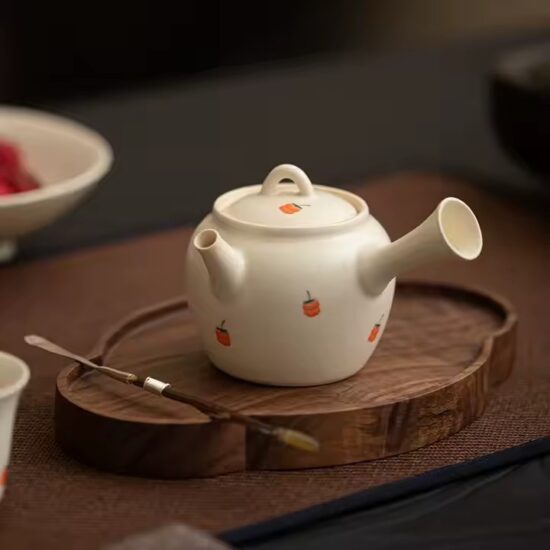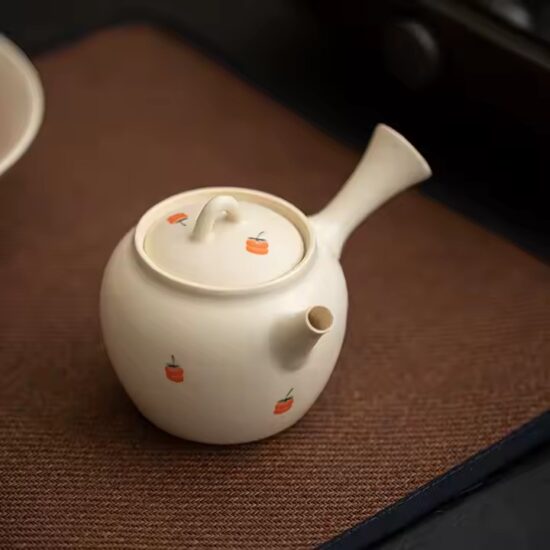bob@nbdho.com
Detailed Process of Manufacturing Ceramic Teapots: From Raw Materials to Final Product
Detailed Process of Manufacturing Ceramic Teapots
Introduction
Ceramic teapots are cherished worldwide for their beauty, functionality, and cultural significance. Behind each exquisite ceramic teapot lies a meticulous manufacturing process that blends traditional craftsmanship with modern techniques. This article provides a comprehensive overview of the detailed steps involved in producing high-quality ceramic teapots.
1. Raw Material Selection
The process starts with selecting premium raw materials such as:
-
Clay: High-quality clay types including kaolin, ball clay, or special Yixing clay (for traditional teapots)
-
Feldspar and Quartz: Added to improve strength and durability
-
Other additives: To enhance plasticity and firing performance
Selecting the right raw materials is crucial for the teapot’s durability, appearance, and usability.
2. Preparing the Clay Body
Raw materials are carefully weighed and mixed to create a homogenous clay body. The mixture is refined to remove impurities and achieve consistent plasticity, which allows for easier shaping and molding.
3. Shaping the Teapots
Common shaping methods include:
-
Handcrafting: Traditional artisans shape teapots by hand, especially Yixing clay teapots known for their unique textures.
-
Slip Casting: Liquid clay (slip) is poured into plaster molds to form uniform shapes, ideal for mass production.
-
Press Molding and Jiggering: Mechanical methods that shape the clay with molds and rotating tools.
Handles, spouts, and lids are shaped separately and carefully attached to the main body.
4. Drying
Once shaped, the teapots are dried slowly in controlled environments to prevent cracks and warping. Proper drying is vital to maintain structural integrity.
5. Bisque Firing
Dried teapots undergo bisque firing at around 900–1000°C (1650–1830°F). This firing solidifies the clay, making it porous enough to absorb glaze while maintaining durability.
6. Glazing
Glaze is applied to the bisque-fired teapots to provide a smooth, often glossy surface that enhances appearance and protects the teapot.
Common glazing techniques include:
-
Dipping: Immersing the teapot in liquid glaze for even coating.
-
Spraying: For more controlled, even glaze application.
-
Brushing: Used for decorative patterns or detailed finishes.
7. Glaze Firing
Teapots are fired a second time at higher temperatures, typically between 1200–1400°C (2190–2550°F), to vitrify the glaze and strengthen the ceramic body.
8. Decoration and Customization
After glaze firing, additional decoration such as hand-painting, decals, or engraving may be added. Sometimes, a third firing is used to fix these embellishments permanently.
9. Quality Inspection
Final products undergo rigorous quality control checks, including:
-
Surface finish inspection
-
Fit of lid and spout performance
-
Leak tests
-
Thermal shock resistance
-
Compliance with safety standards
Only teapots passing all tests proceed to packaging.
10. Packaging and Shipping
Qualified teapots are carefully cleaned, wrapped, and packaged to prevent damage during transit, ensuring they arrive safely to customers worldwide.
Conclusion
Manufacturing ceramic teapots is an intricate process that requires skill, precision, and quality control. Whether handcrafted or mass-produced, every ceramic teapot benefits from careful material selection and multiple stages of shaping and firing. Understanding this process highlights the craftsmanship behind each product and ensures confidence in quality.
For custom ceramic teapot orders or wholesale inquiries, feel free to contact us!

